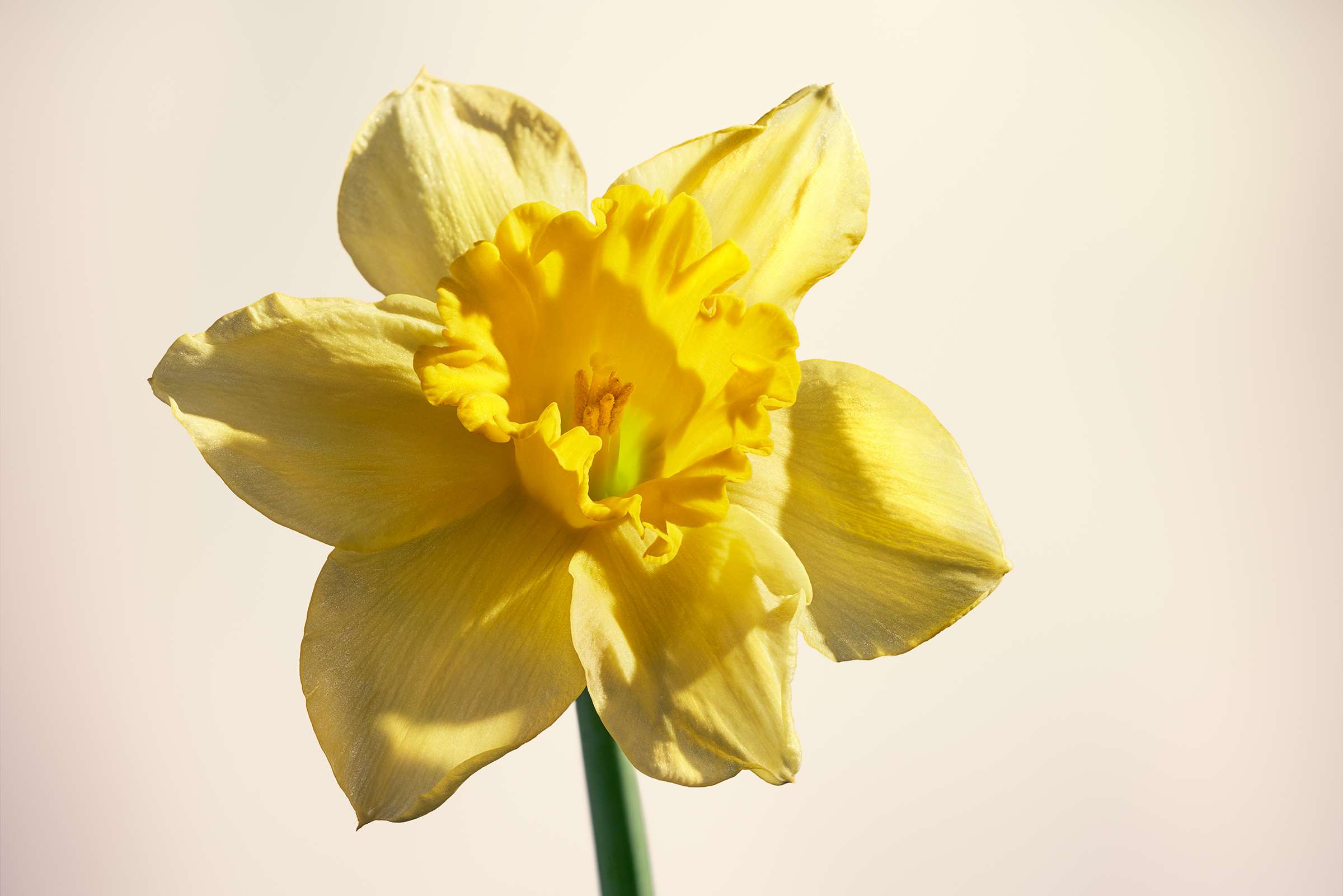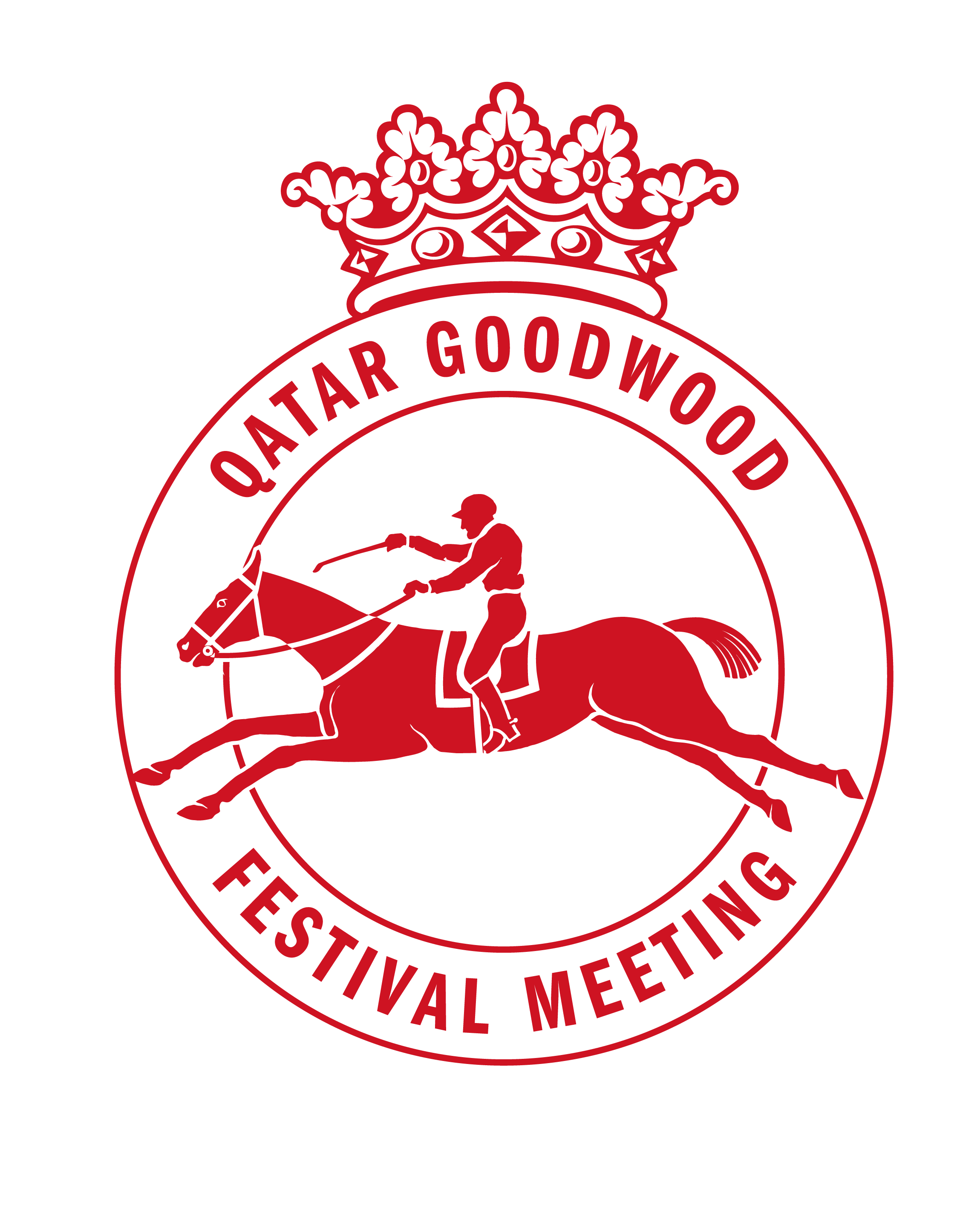-
Events
-
Festival of Speed


Have you visited our Forest Rally Stage?
From 2005 to present there has been a demonstration area for the rally cars at the top of the hill
-
Goodwood Revival


Earls Court replica
Our replica of the famous motor show showcases the "cars of the future" in true Revival style
-
Members' Meeting


More than motorsport...
Ferret racing and duck herding are two of the many off-track activities at Members' Meeting -
Qatar Goodwood Festival


Racing Colours
The red & yellow of the Racecourse can be traced back hundreds of years, even captured in our stunning Stubbs paintings in the Goodwood Collection
-
Goodwoof


Start in style
The breed parade sees hundreds of dogs and their owners walk from Goodwood House down to The Kennels to kick start the Goodwoof weekend. -
Horseracing
-
Season Opener
-
May Festival
-
Family Race Day
-
Three Friday Nights
-
August Bank Holiday
-
Midweek Racing
-
Season Finale


Why does everyone wear hats?
One Summer, King Edward VII turned his back on the traditional morning suit, and donned a linen suit and Panama hat. Thus the Glorious Goodwood trend was born.
-
Season Opener
-
Breakfast Club


A perfect Sunday morning?
A no-cost, all-welcome motoring show where the visitors and their machines are the stars -
Hospitality
-
Exhibiting
-
Partnerships


Where else can you...
...plan strategy in an ancient woodland, enjoy award-winning dining then drive around a -racetrack? -
What's on
-
Festival of Speed
-
Visit, Eat, Stay
-
The Goodwood Hotel


Group Captain Sir Douglas Bader
The famous fighter ace, who flew his last sortie from Goodwood Aerodrome, formerly RAF Westhampnett has a statue in his honor within the airfield.
-
Goodwood Cottages


Cricketers since 1702
The oldest existing rules for the game were drawn up for a match between the 2nd Duke and a neighbour
-
Goodwood House


Advice from our Head Butler
Ensure you take a little time out together to pause and take in the celebration of all the hard work you put in will be a treasured memory.
-
Restaurants


Sustainable state-of-mind
When Farmer, Butcher, Chef opened in 2016 it was awarded the UK’s first-ever Royal Academy of Culinary Arts ‘Sustainable Food Philosophy Seal’. -
The Kennels


Fashionable foxhounds
The 1st Duke of Richmond bought Goodwood in 1697 as a place to stay to go foxhunting with the fashionable Charlton Hunt. -
Motor Circuit


Earls Court replica
Our replica of the famous motor show showcases the "cars of the future" in true Revival style
-
Health & Wellbeing


Goodwood's first Health Summit...
...took place in 2023 with industry experts discussing nutrition costs and food systems for a healthier future. -
Hound Lodge


One for every occasion
A huge variety of glassware is available for each wine, all labelled by grape type to give the best flavour profile.
-
Goodwood Farm Shop


Levin Down Gin
Our gin uses wild-grown botanicals sourced from the estate, and is distilled with mineral water naturally chalk-filtered through the South Downs.
-
The Goodwood Hotel
-
Motorsport
-
Festival of Speed


The Robots take control
Roborace was the first car to ever complete the hillclimb... without a driver! -
Goodwood Revival


Goodwood Heroes
Legend of Goodwood's golden racing era and Le Mans winner Roy Salvadori once famously said "give me Goodwood on a summer's day and you can forget the rest".
-
Members' Meeting


Mad Mike
FOS Favourite Mad Mike Whiddett can be caught melting tyres in his incredible collection of cars (and trucks) up the hillclimb
-
Breakfast Club


Taming the "Beast"
The Fiat S76 or "Beast of Turin" is a Goodwood favourite and can usually be heard before it is seen at #FOS
-
Motor Circuit


Jet Packs
Flying jetpacks doesn't have to just be a spectator sport at FOS, you can have a go at our very own Aerodrome!
-
Driving Experiences


A perfect Sunday morning?
A no-cost, all-welcome motoring show where the visitors and their machines are the stars -
Goodwood Road Racing Club


A bright future at #FOS
Future Lab is Goodwood's innovation pavilion, inspiring industry enthusiasts and future scientists with dynamic tech
-
Goodwood Road & Racing
-
Festival of Speed
-
Horseracing
-
Tickets & Packages


Racing Colours
The red & yellow of the Racecourse can be traced back hundreds of years, even captured in our stunning Stubbs paintings in the Goodwood Collection
-
Fixtures & Events
-
Season Opener

-
May Festival

-
Family Race Day

-
Three Friday Nights

-
Qatar Goodwood Festival

-
August Bank Holiday

-
Autumn Racing

-
Season Finale



Wearing Linen at the Races
Ever since King Edward VII relaxed the dress code in the 19th century, we have enjoyed a carefree holiday feel here, unlike any other racecourse. -
Season Opener
-
Qatar Goodwood Festival


Why walk when you can drive
The first ever horsebox was used from Goodwood to Doncaster for the 1836 St. Leger. Elis arrived fresh and easily won his owner a £12k bet.
-
Three Friday Nights


Royal approval
King Edward VII (who came almost every year) famously dubbed Glorious Goodwood “a garden party with racing tacked on”.
-
Hospitality


Royal approval
King Edward VII (who came almost every year) famously dubbed Glorious Goodwood “a garden party with racing tacked on”.
-
Plan Your Day


"Glorious Goodwood"
The first public race meeting took place in 1802 and, through the nineteenth century, ‘Glorious Goodwood,’ as the press named it, became a highlight of the summer season
-
Owners & Trainers
-
Racecourse Membership


Racing Colours
The red & yellow of the Racecourse can be traced back hundreds of years, even captured in our stunning Stubbs paintings in the Goodwood Collection
-
Accessibility
-
Tickets & Packages
-
Experiences
-
Driving


Mad Mike
FOS Favourite Mad Mike Whiddett can be caught melting tyres in his incredible collection of cars (and trucks) up the hillclimb
-
Flying


During the war...
The Motor Circuit was known as RAF Westhampnett, active from 1940 to 1946 as a Battle of Britain station.
-
Golf


A sporting Estate
Goodwood has two 18-hole championship courses, a modern clubhouse and an impressive Academy. -
Shooting


The Silver Spitfire
The iconic spitfire covered almost 43,000 kilometres and visited over 20 countries on its epic journey and currently resides at our Aerodrome.
-
Afternoon Tea


Fashionable foxhounds
The 1st Duke of Richmond bought Goodwood in 1697 as a place to stay to go foxhunting with the fashionable Charlton Hunt. -
Corporate Wellbeing


Goodwood's first Health Summit...
...took place in 2023 with industry experts discussing nutrition costs and food systems for a healthier future. -
Gravity Jet Suits

-
Cycling


During the war...
The Motor Circuit was known as RAF Westhampnett, active from 1940 to 1946 as a Battle of Britain station. -
Corporate Experiences


Where else can you...
...plan strategy in an ancient woodland, enjoy award-winning dining then drive around a -racetrack? -
Spa Treatments
-
Driving
-
Golf
-
Golf Courses


A sporting Estate
Goodwood has two 18-hole championship courses, a modern clubhouse and an impressive Academy. -
Golf Membership
-
Credit Membership
-
Application Form
-
Intermediate Membership
-
Junior Membership
-
Corporate Membership
-
Copse Membership


Over 100 years of Golf
The first ever round of golf played at Goodwood was in 1914 when the 6th Duke of Richmond opened the course on the Downs above Goodwood House.
-
Credit Membership
-
The Academy


A sporting Estate
Goodwood has two 18-hole championship courses, a modern clubhouse and an impressive Academy. -
Golf Experiences


A sporting Estate
Goodwood has two 18-hole championship courses, a modern clubhouse and an impressive Academy.
-
Golf Courses
-
Flying
-
Flying School


Group Captain Sir Douglas Bader
The famous fighter ace, who flew his last sortie from Goodwood Aerodrome, formerly RAF Westhampnett has a statue in his honor within the airfield.
-
Aero Club Membership


Flying with Goodwood
Come with us for an epic journey. -
Flying Experiences

-
Pilot Information


During the war...
The Motor Circuit was known as RAF Westhampnett, active from 1940 to 1946 as a Battle of Britain station.
-
Flying School
-
Meetings
-
Venue Hire


Where else can you...
...plan strategy in an ancient woodland, enjoy award-winning dining then drive around a -racetrack? -
Hospitality

-
Corporate Experiences


Where else can you...
...plan strategy in an ancient woodland, enjoy award-winning dining then drive around a -racetrack? -
Corporate Wellbeing


Goodwood's first Health Summit...
...took place in 2023 with industry experts discussing nutrition costs and food systems for a healthier future. -
Film Locations


Where else can you...
...plan strategy in an ancient woodland, enjoy award-winning dining then drive around a -racetrack? -
Goodwood Consulting


Where else can you...
...plan strategy in an ancient woodland, enjoy award-winning dining then drive around a -racetrack?
-
Venue Hire
-
Weddings
-
Goodwood House


Our Paintings Collection
The origins of the collection lay in the possessions of Louise de Keroualle, Duchess of Portsmouth, and Duchess of Aubigny in France, to whom some of the paintings originally belonged.
-
The Kennels


How old is The Kennels?
Built in 1787 by celebrated architect James Wyatt to house the third Duke of Richmond’s prized fox hounds, The Kennels was known as one of the most luxurious dog houses in the world!
-
The Goodwood Hotel


Advice from our Head Butler
Ensure you take a little time out together to pause and take in the celebration of all the hard work you put in will be a treasured memory.
-
Occasions



A destination for all seasons
We're well known for our iconic motorsport and horseracing events. But there's a lot more happening at Goodwood...
-
Goodwood House
-
Memberships
-
Goodwood Road Racing Club


When was the GRRC founded?
Established in 1998 by the Duke of Richmond, the Goodwood Road Racing Club offers exclusive benefits across the estate year-round -
Golf At Goodwood


Over 100 years of Golf
The first ever round of golf played at Goodwood was in 1914 when the 6th Duke of Richmond opened the course on the Downs above Goodwood House.
-
Goodwood Aero Club


During the war...
The Motor Circuit was known as RAF Westhampnett, active from 1940 to 1946 as a Battle of Britain station. -
Goodwood Health Club


Goodwood's first Health Summit...
...took place in 2023 with industry experts discussing nutrition costs and food systems for a healthier future. -
The Kennels


Fashionable foxhounds
The 1st Duke of Richmond bought Goodwood in 1697 as a place to stay to go foxhunting with the fashionable Charlton Hunt. -
Sporting Membership


Flying Elephant
The first thing ever dropped at Goodwood was a cuddly elephant which landed in 1932 just as the 9th Duke of Richmonds passion for flying was taking off.
-
Goodwood Racehorse Owners Group
-
Goodwood Road Racing Club
- Classic Car Insurance
- Health & Wellbeing
- Christmas
- Shop
-
Our Estate
-
Stories from the Estate


Roots for the future
A 20m woodland rue, from Halnaker to Lavant, was planted by our forestry teams & volunteers, featuring native species like oak, beech, & hornbeam
-
Goodwood Education Trust


During the war...
The Motor Circuit was known as RAF Westhampnett, active from 1940 to 1946 as a Battle of Britain station.
-
Charities


Battle of Britain
Flying training began at Goodwood in 1940 when pilots were taught operational flying techniques in Hurricanes and Spitfires.
-
Sustainability


Levin Down Gin
Our gin uses wild-grown botanicals sourced from the estate, and is distilled with mineral water naturally chalk-filtered through the South Downs.
-
Property


Egyptian Dining Room
Testament to the 19th-century fascination with ancient Egypt and decorative opulence. The room is richly detailed with gilded cartouches, sphinxes, birds and crocodiles.
-
Estate Map


Cricketers since 1702
The oldest existing rules for the game were drawn up for a match between the 2nd Duke and a neighbour
-
Walking Guide


During the war...
The Motor Circuit was known as RAF Westhampnett, active from 1940 to 1946 as a Battle of Britain station.
-
Careers


Estate Crest
"En la rose je fleurie" or "Like the rose, I flourish" is part of the Richmond coat of Arms and motto
-
Goodwood Art Foundation
-
Stories from the Estate
Christmas at Goodwood
Bright & Beautiful
Nothing announces the arrival of springtime more eloquently than a host of daffodils. Yet in many ways, this much-loved and familiar flower remains mysterious
Words by Helen O'Neill
Magazine

Goodwood’s daffodils are a secret blend of bulbs from Holland, comprising early-, mid- and late-flowering varieties. They are planted each year to ensure that the motor circuit is surrounded by a triumphant crop of these bright spring blooms, ready for Members’ Meeting in March. Every October, supplier Michael Lubbe visits the Estate with his sons to plant the bulbs using a special machine, which means they can place them much closer together than by hand. This spring the circuit looks particularly spectacular with 500,000 bulbs in bloom.
Daffodils are intoxicating. A celebrity power flower that annually raises millions for cancer research, the daffodil is internationally adored as spring’s cheerful herald. Yet just a few centuries ago this plant was so unpopular, hardly anyone in England would even consider bringing one into their home.
It’s the ultimate makeover: the dazzling, dancing blooms have gone from being shunned by all to entrancing poets, inspiring designers, captivating perfumers and fascinating scientists. This humble bulb now represents everything from hope, rebirth, eternal life and mystery to unrequited love.
The daffodil’s remarkable tale began over 18 million years ago in southwest Europe’s Iberian Peninsular. This plant contains toxic alkaloids, and ancient cultures grew to fear it as a semi-supernatural living link to the hereafter. One Greek myth associates daffodils with the tragic demise of the vain youth Narcissus (hence the plant’s Latin name), while another relates how these flowers lured the goddess Persephone to her Underworld doom. Roman soldiers are said to have carried daffodil bulbs as suicide pills, believing that they guaranteed wounded fighters a smooth passage to the spirit world beyond.
Even so, early healers believed that, carefully used, the daffodil possessed medicinal qualities – a fact that medical researchers continue to explore to this day, working on the theory that compounds derived from certain varieties of the plant could be used to treat cancer and Alzheimer’s disease.
The daffodil, it should be stressed, is not one flower but many. Botanists recognise 54 species plus various naturally occurring hybrids that bloom from early spring to autumn. Some can be described as nocturnal, releasing deep scents into the night air to entice pollinating moths. From these, enthusiasts have created over 30,000 different named daffodils – an impressive panoply that varies in size (from 5cm dwarfs to 50cm giants), shape (classic trumpets, twisted starbursts, flat-faced flowers, multi-headed blooms, to name a few) and colour (everything from ghostly whites through to oranges, yellows, reds, greens and even some with tinges of mauve).
Each cultivar has a name – “Lucifer”, “Intrigue”, “Hanky Panky”, “Flirt”, “Foundling”, “Sulphur’s Flame” and many more – a story, and a dedicated breeder. The tales of so-called “daffodonians” attempting to engineer the exquisite are laced with drama, occasional danger and plenty of romance.

The cult of the daffodil began in earnest in the 1800s and was largely pioneered by Scottish horticulturist Peter Barr, known to aficionados as the “Daffodil King”. Bulb prices exploded (fittingly, there’s a variety named “Fortune”) and daffodil devotees became so protective of their prize blooms, one even booby-trapped her garden with explosives to deter thieves.
By the turn of the 21st century, daffodils had become ubiquitous, and yet there’s still so much more to learn about them: indeed, science has yet to fully fathom their basic structure. The more you look into this flower, the deeper the gold.
Daffodil – Biography of a Flower by Helen O’Neill is published by HarperCollins, RRP £18.99.
This article is taken from the Goodwood magazine, Spring 2018 issue







Magazine


















